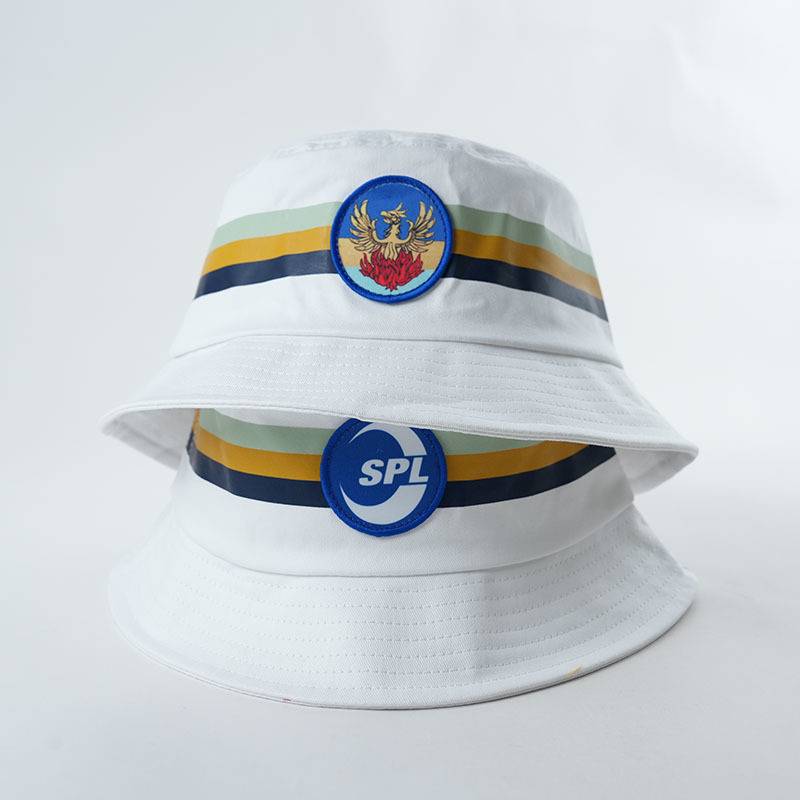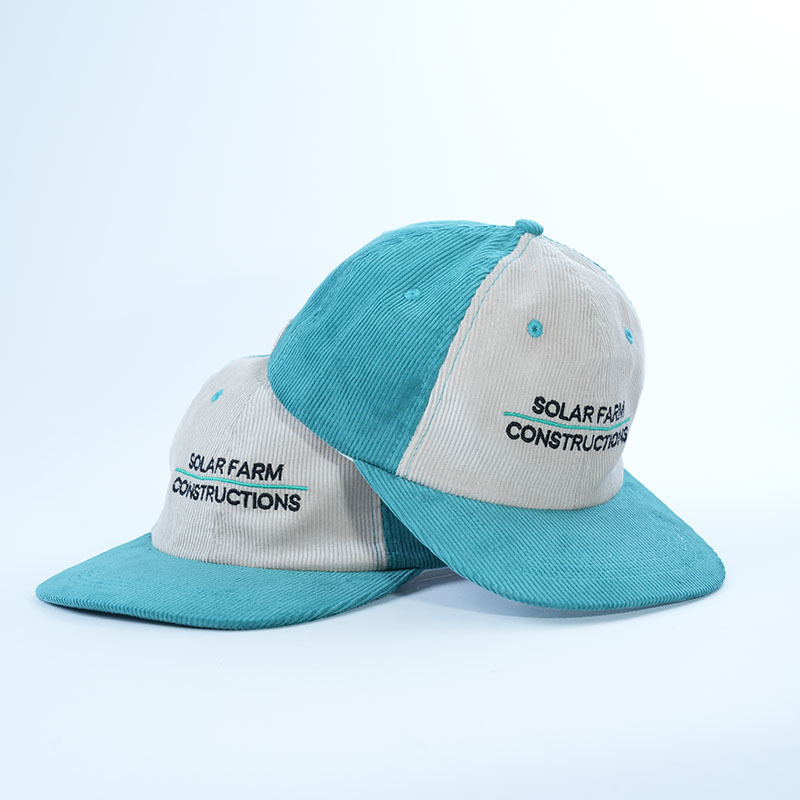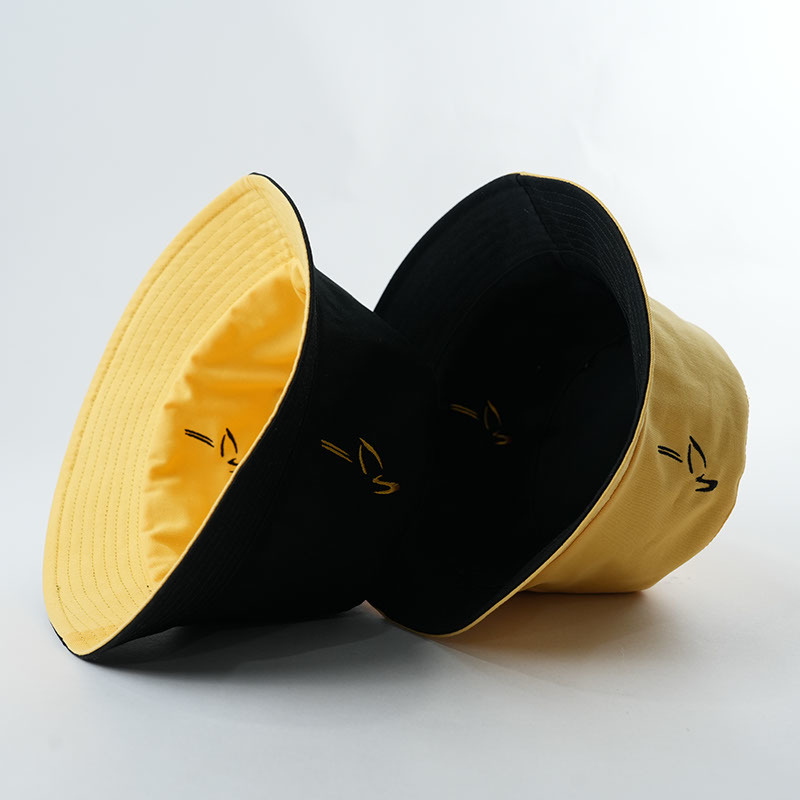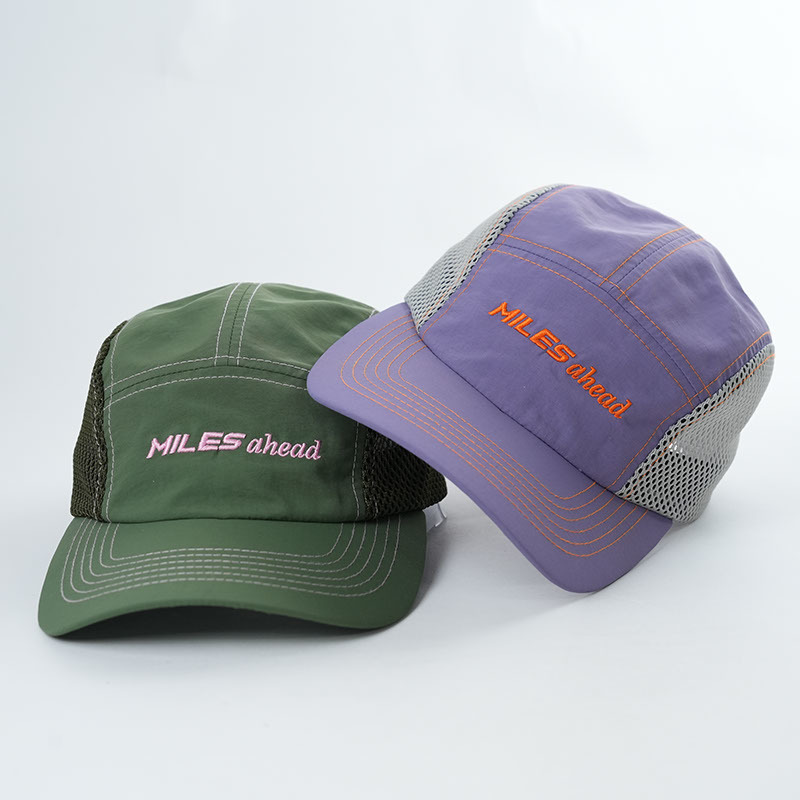How Accurate Fabric Selection Is Empowering Global Hat Brands to Stand Out
Keywords:hat fabrics,fabric selection,hat customization,eco-friendly hats,breathable hats,RPET,organic cotton,bamboo fiber
In recent years, as consumers place growing importance on the combination of style, function, and sustainability, hat fabrics have become a key driver in product differentiation. Moving beyond purely design-focused decision-making, today’s customers are increasingly concerned with comfort, structure, breathability, and eco-consciousness. Baoding Yukaihe has responded to this shift with professional expertise in fabric selection and application, gaining the trust of clients across Europe, North America, Southeast Asia, and East Asia.
In Western markets, where performance and sustainability go hand in hand, brands increasingly prefer eco-friendly materials such as RPET recycled polyester, organic cotton, and bamboo fiber. Yukaihe is aligned with this trend, continuously expanding partnerships with sustainable fabric suppliers. The company has developed several collections of eco-conscious hats tailored for environmentally aware European and American clients, combining aesthetics with compliance and performance.
For the Japanese and Korean markets, consumers value ultra-soft textures, lightweight cottons, and gentle materials that offer a refined visual and tactile experience. Yukaihe has responded by developing high-thread-count fabrics and cotton-blend solutions that are both trend-forward and technically adaptable, perfect for stylish yet understated hat designs.
Meanwhile, in the hot and humid regions of Southeast Asia, breathable, quick-drying, and lightweight materials are top priorities. Yukaihe uses mesh panels, moisture-wicking finishes, and modified polyester to create hats that remain comfortable even in extreme heat. These performance fabrics are widely adopted in fisherman hats, five-panel caps, and sports caps, offering durability and style in equal measure.
Crucially, Yukaihe understands that fabric must complement hat structure. Whether it’s the crisp profile of a five-panel cap, the flexible dual-sided softness of a reversible bucket hat, or the warmth-retaining quality of an aviator hat, every design requires tailored fabric properties such as stiffness, elasticity, or texture. The company’s design and sourcing teams collaborate to fine-tune the match between fabric and function, helping clients strike the ideal balance between style, performance, and comfort.
Fabric selection is not just a technical choice—it defines the look, feel, and identity of a hat. With in-depth knowledge of both hat construction and regional market preferences, Baoding Yukaihe empowers clients with diverse, high-performance, and market-adapted fabric solutions. Fabric is the silent ambassador of a hat’s quality—and Yukaihe is making sure that every hat speaks volumes.
Tag:
Related Posts
How Accurate Fabric Selection Is Empowering Global Hat Brands to Stand Out










